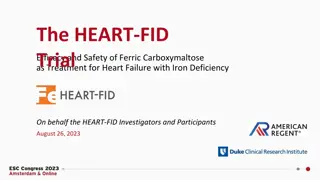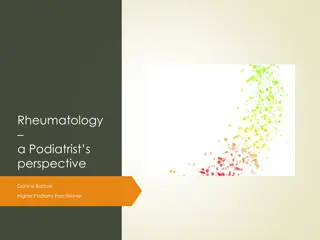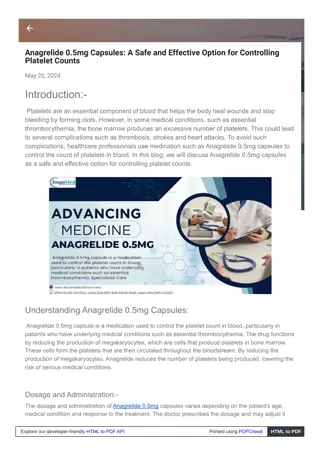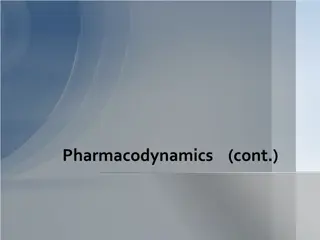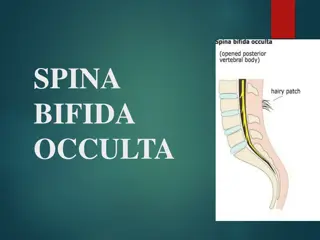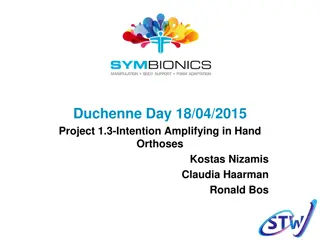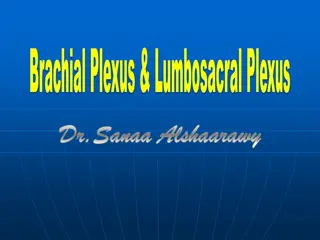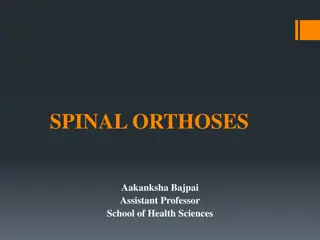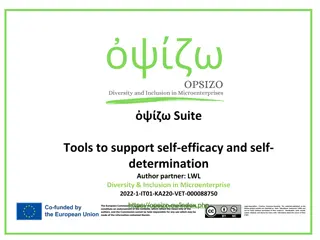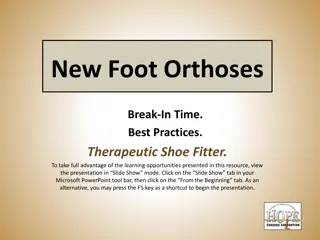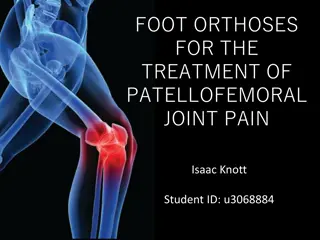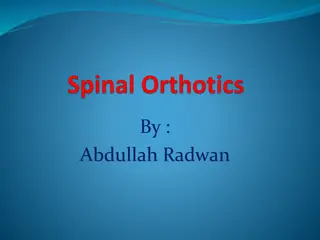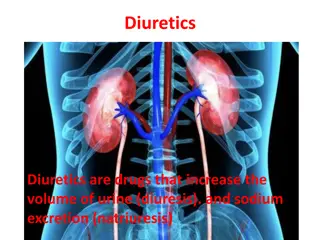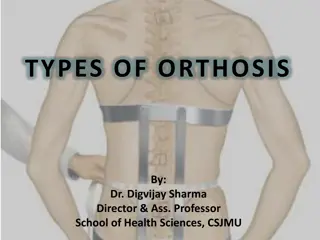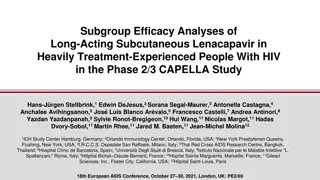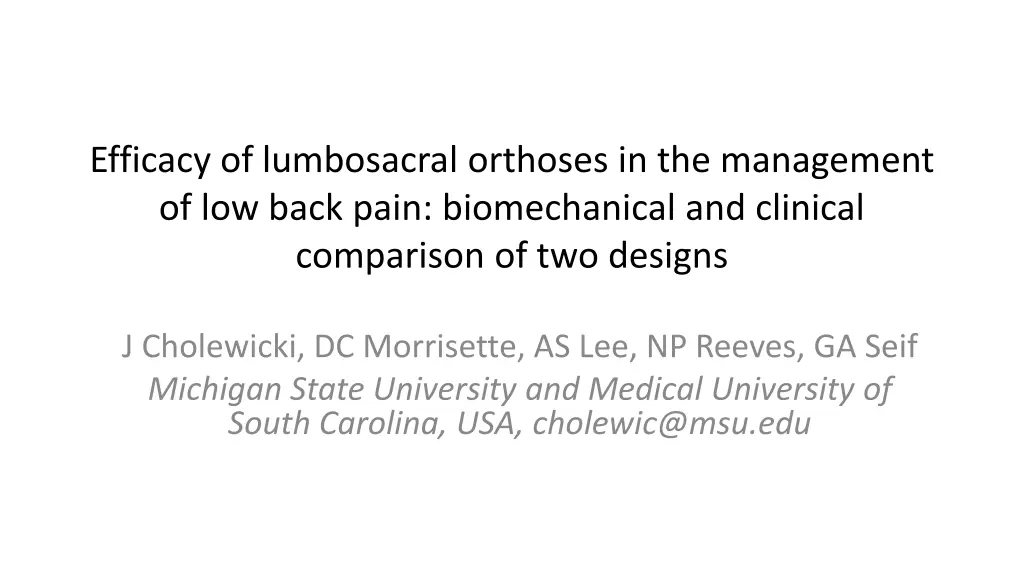
Comparison of Lumbosacral Orthoses for Low Back Pain Management
Explore the efficacy of extensible and non-extensible lumbosacral orthoses in enhancing trunk stiffness and physical function in individuals with chronic low back pain. Results suggest that a non-extensible orthosis may be more effective in improving trunk stiffness and physical function compared to an extensible orthosis.
Uploaded on | 2 Views
Download Presentation

Please find below an Image/Link to download the presentation.
The content on the website is provided AS IS for your information and personal use only. It may not be sold, licensed, or shared on other websites without obtaining consent from the author. If you encounter any issues during the download, it is possible that the publisher has removed the file from their server.
You are allowed to download the files provided on this website for personal or commercial use, subject to the condition that they are used lawfully. All files are the property of their respective owners.
The content on the website is provided AS IS for your information and personal use only. It may not be sold, licensed, or shared on other websites without obtaining consent from the author.
E N D
Presentation Transcript
Efficacy of lumbosacral orthoses in the management of low back pain: biomechanical and clinical comparison of two designs J Cholewicki, DC Morrisette, AS Lee, NP Reeves, GA Seif Michigan State University and Medical University of South Carolina, USA, cholewic@msu.edu
Jacek Cholewicki Jacek Cholewicki, co-director of Michigan State University's Center for Orthopedic Research at Ingham Regional Orthopedic Hospital in Lansing.
Objective To compare the efficacy of an extensible (Mueller Adjustable Back Brace) and non- extensible (AspenQuikDraw Pro) lumbosacral orthoses (LSO) in augmenting trunk stiffness and improving physical function in patients with chronic low back pain (LBP).
Design Trunk stiffness was estimated from the trunk's response to a quick force release in trunk flexion, extension, and lateral bending. Twenty subjects performed five trials in each experimental condition: (1) No LSO, (2) Mueller LSO, and (3) Aspen LSO. An additional 63 subjects were randomized to the same 3 treatment groups Iisted above.
Methodology Subjects in the LSO conditions wore the LSOs daily. The Oswestry Disability Index questionnaire was administered at baseline and at 2 to 3 weeks from starting treatment.
Results On average, the Aspen LSO increased trunk stiffness by 14% (P<O.O 1), while the Mueller LSO did not result in any significant change in trunk stiffness. Patients wearing the Aspen LSO demonstrated a 14% improvement in disability (P = 0.01) while patients wearing Mueller LSO reported a 9% improvement in disability (P = 0.18).
Conclusion A non-extensible LSO is more effective in augmenting trunk stiffness and in improving physical function in patients with chronic LBP when compared with an extensible LSO.



